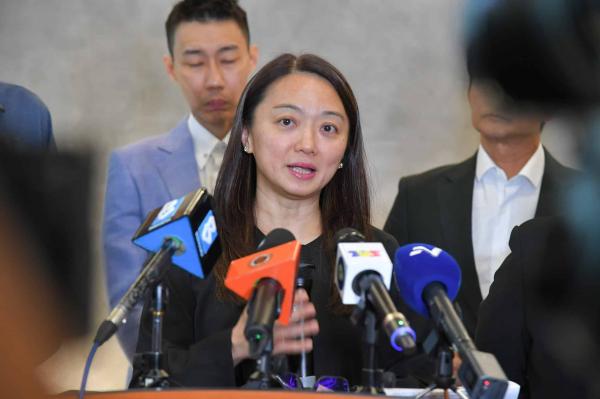KUALA LUMPUR, April 27 — The Youth and Sports Ministry (KBS) cannot use government funds to repair and upgrade sports facilities on private land.
Minister Hannah Yeoh said the ministry stopped using public funds to maintain non-government facilities, including futsal courts.
“Otherwise, everyone, land owners, and neighbouring areas, will all ask me to build futsal courts and pickleball courts.
“I always answer in Parliament that if we want to build (sports facilities), they must be on federal government land so there is accessibility,” she told reporters after the closing ceremony of the Rakan Muda Convention here today.
She said if sports facilities must be built on land belonging to local authorities or state governments, it is important an official agreement is obtained before construction, while construction on private land has been halted.
Yeoh said this is as there have been cases in which state governments refused to accept sports facilities built, such as swimming pools, as maintenance can be costly.
Yesterday, Deputy Sports Minister Adam Adli Abdul Halim said KBS has demolished 30 futsal courts, which were not properly maintained, since 2021.
He added that 20 courts in Peninsular Malaysia were demolished, costing RM11 million, while 10 were torn down in Sabah and Sarawak, involving losses amounting to RM1.4 million, mostly involving 1Malaysia futsal courts.
Meanwhile, Yeoh said the ministry is changing its strategy to address mental health issues among youth, especially the use of vape and drug addiction.
She said KBS, as a non-enforcement agency, will focus on creating a platform for youth to be aware of where they can get aid and treatment, including via online systems and collaboration with the Malaysian Aids Council.
These measures, she said, would allow youth to be more comfortable to seek help and, thus, raise awareness of mental health programmes.
Earlier in her speech, Yeoh also revealed that youth club membership in Malaysia has been on the wane since the 1990s.
She said that back then, about four to five million people, or about 50 per cent of the youth population, were active in those clubs, which facilitated the planning and organisation of programmes.
“However, with the emergence of smartphones and online services, interests in physical activities have waned. As of last year, only about a million youths are active in youth clubs, which is only about 10 per cent of the youth population, thus raising the question as to where the other 90 per cent is,” she said.
— Bernama




